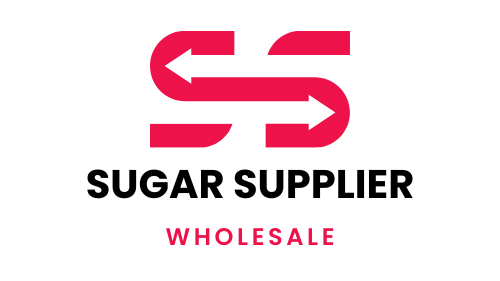Forecasting demand is a critical aspect of managing the sugar supply chain efficiently. By accurately predicting future demand, businesses can optimize inventory levels, production schedules, and transportation logistics. This blog post explores the techniques used in weather forecasts in the sugar supply chain, highlighting its importance and impact on overall supply chain management.
Demand Forecasting
Demand forecasting involves predicting future demand for a product or service based on historical data, market trends, and other relevant factors. In the context of the sugar industry, demand forecasting helps suppliers, manufacturers, and distributors anticipate customer needs and plan their operations accordingly.
Techniques
Several techniques are commonly used for forecasting demand in the sugar supply chain. This method involves analyzing historical sales data to identify patterns and trends over time. Statistical techniques such as moving averages, exponential smoothing, and trend analysis are used to forecast future demand based on past performance. Conducting market research, including surveys, focus groups, and interviews, to gather insights into consumer preferences, purchasing behavior, and emerging trends that may impact demand for sugar products. Using mathematical models, such as regression analysis and econometric modeling, to identify relationships between demand and various factors such as price, promotion, seasonality, and macroeconomic indicators. Collaborating with trading partners, including suppliers, retailers, and distributors, to share information and jointly develop demand forecasts based on shared insights and data.
Importance
Accurate demand forecasting is crucial for several reasons: By forecasting demand accurately, companies can maintain optimal inventory levels, minimize excess stock and stockouts, and reduce holding costs. Forecasting demand helps manufacturers plan their production schedules more efficiently, ensuring that they produce the right quantity of goods to meet customer demand without overproducing. Anticipating demand allows companies to plan their transportation logistics more effectively, optimizing routes, scheduling deliveries, and reducing transportation costs.
Impact on Supply Chain
Demand forecasting has a significant impact on the entire sugar supply chain. Accurate demand forecasts enable suppliers to plan their production schedules and raw material procurement more effectively, strengthening relationships with suppliers and ensuring a reliable supply of sugar. By aligning production with anticipated demand, companies can maximize revenue potential and capitalize on market opportunities. Meeting customer demand consistently enhances customer satisfaction and loyalty, leading to repeat business and positive word-of-mouth referrals.
Challenges
Despite its numerous benefits, technology implementation in sugar supply chains is not without its challenges. Common obstacles include high initial investment costs, compatibility issues with existing systems, and cybersecurity concerns. Additionally, resistance to change and limited digital literacy among workforce members may hinder the adoption of new technologies.
Conclusion
In conclusion, forecasting demand plays a crucial role in the efficient management of the sugar supply chain. By employing techniques such as time-series analysis, market research, quantitative modeling, and collaborative planning, companies can anticipate future demand accurately and optimize their operations accordingly. Accurate demand forecasting leads to optimized inventory management, streamlined production planning, and improved transportation logistics, ultimately enhancing overall supply chain performance. For further insights into managing the sugar supply chain, check out our blog post on the role of freight forwarders in sugar transportation. Additionally, learn about customs and compliance in sugar import/export in our blog post on customs and compliance in sugar import/export.

